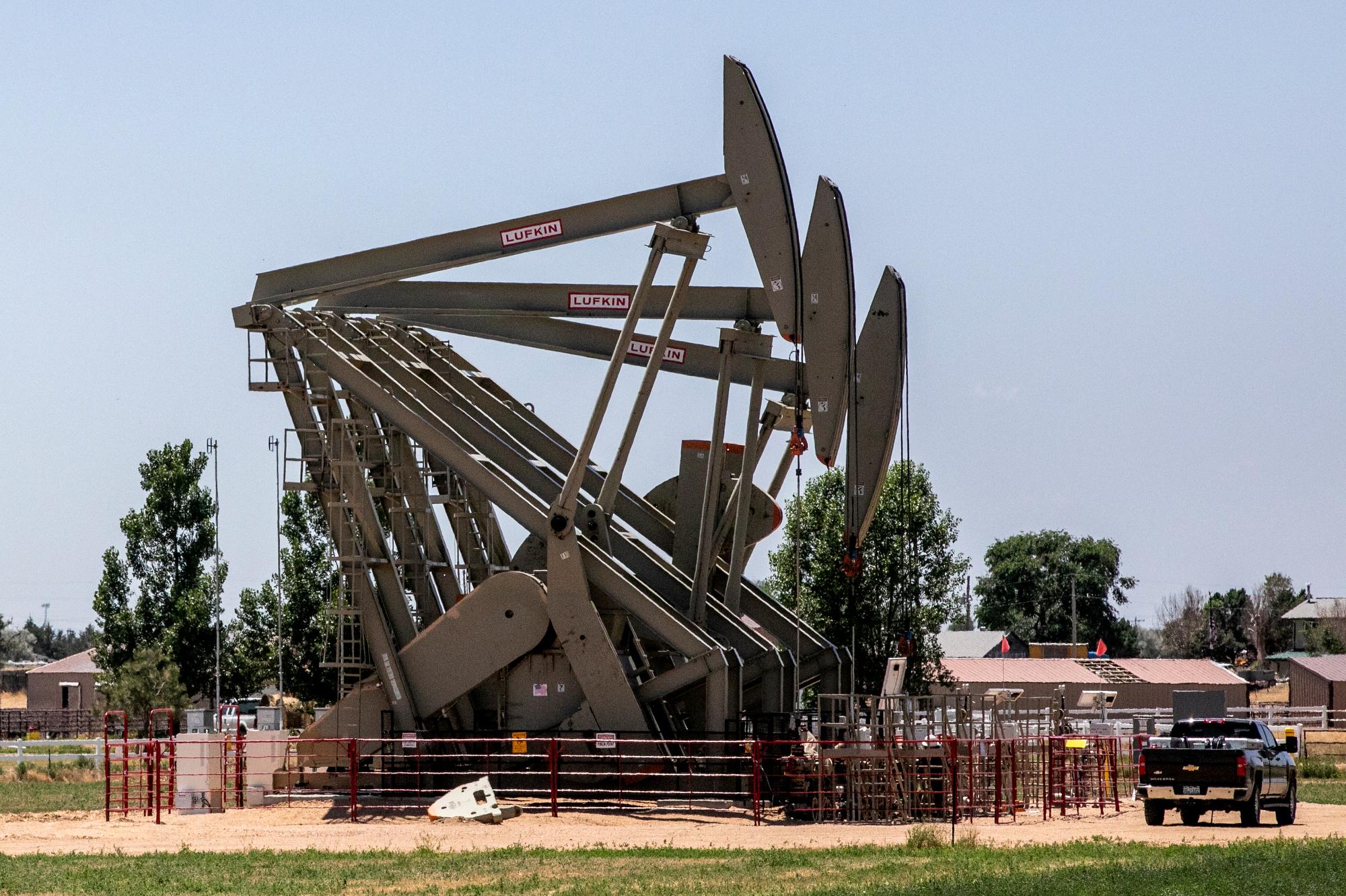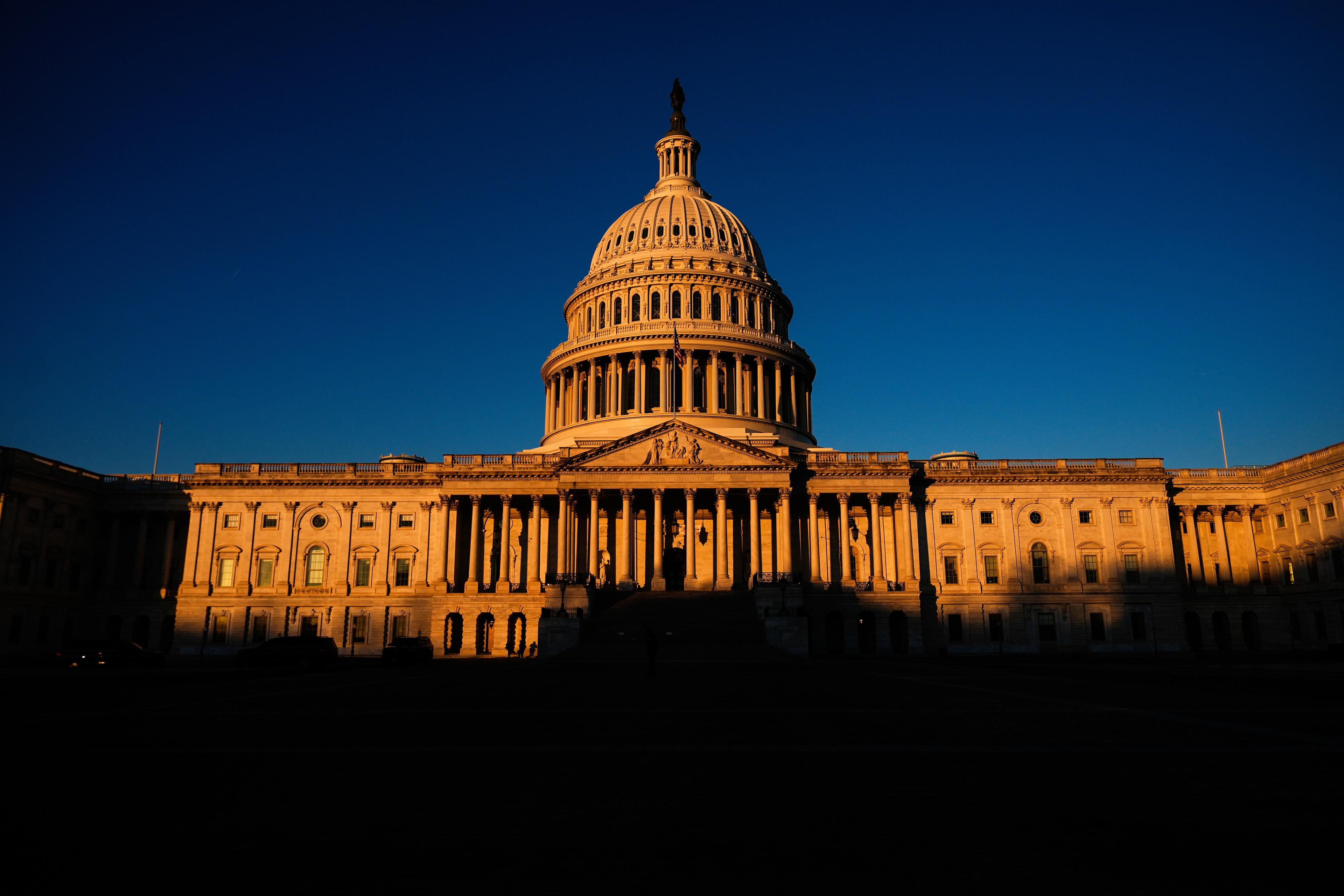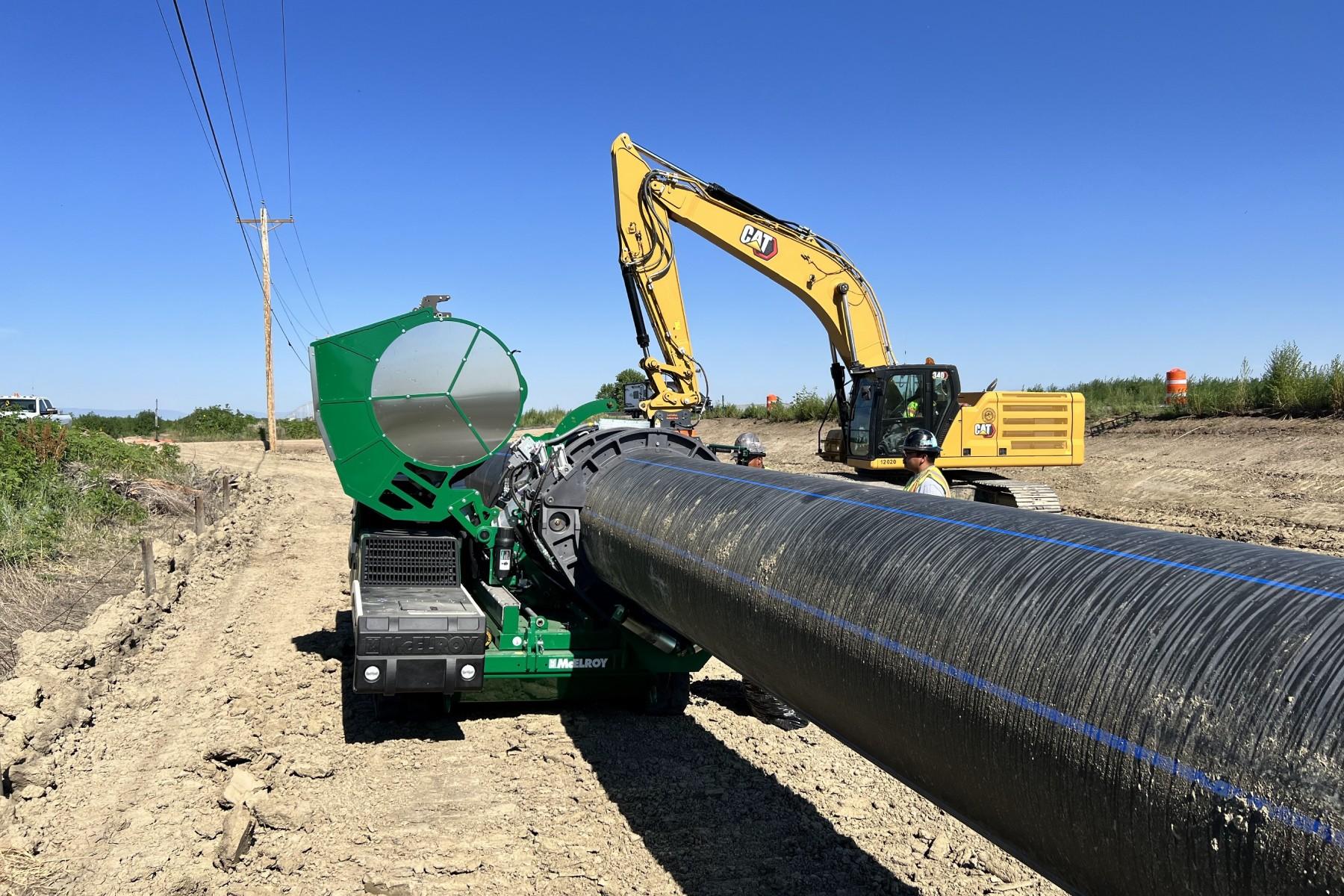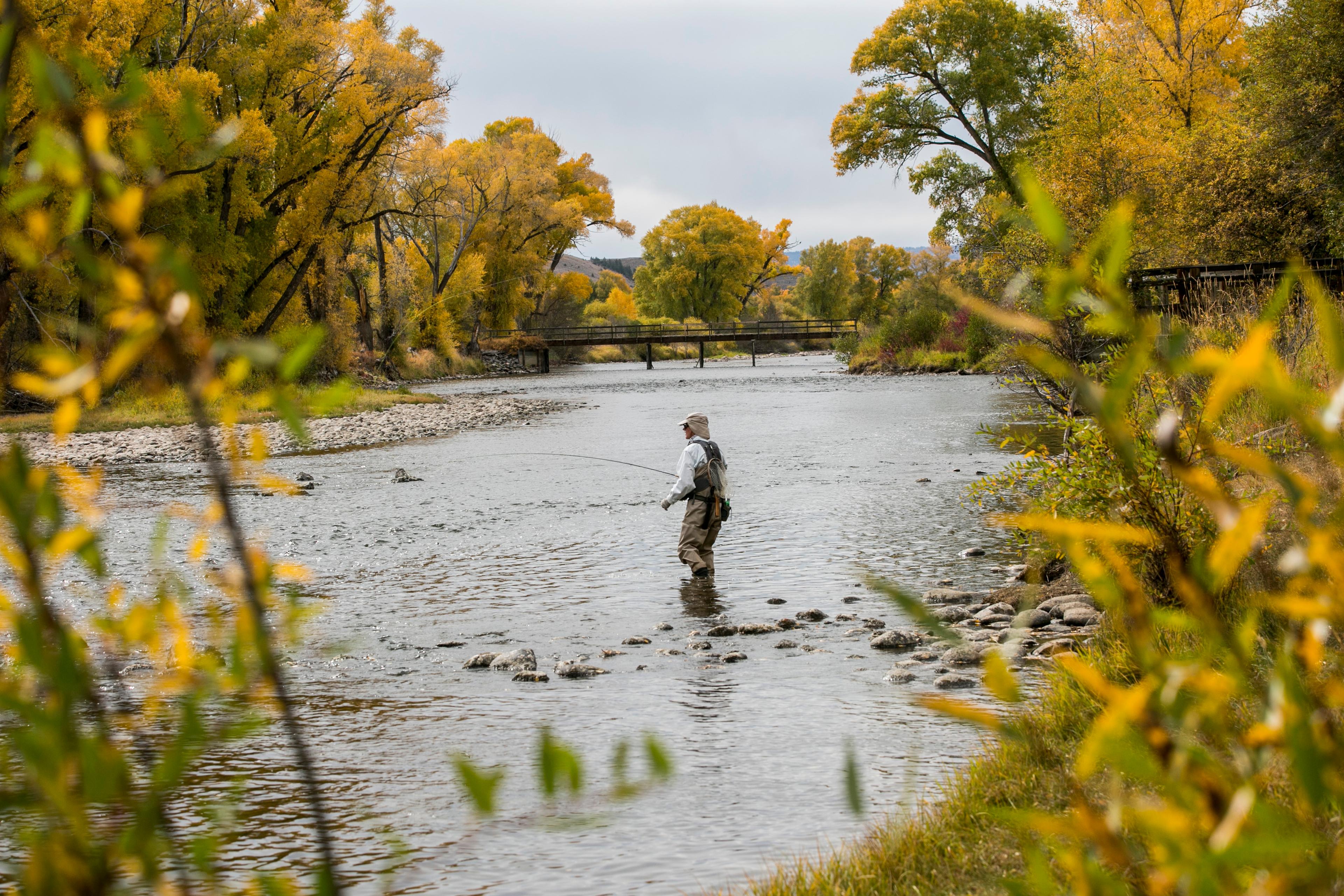
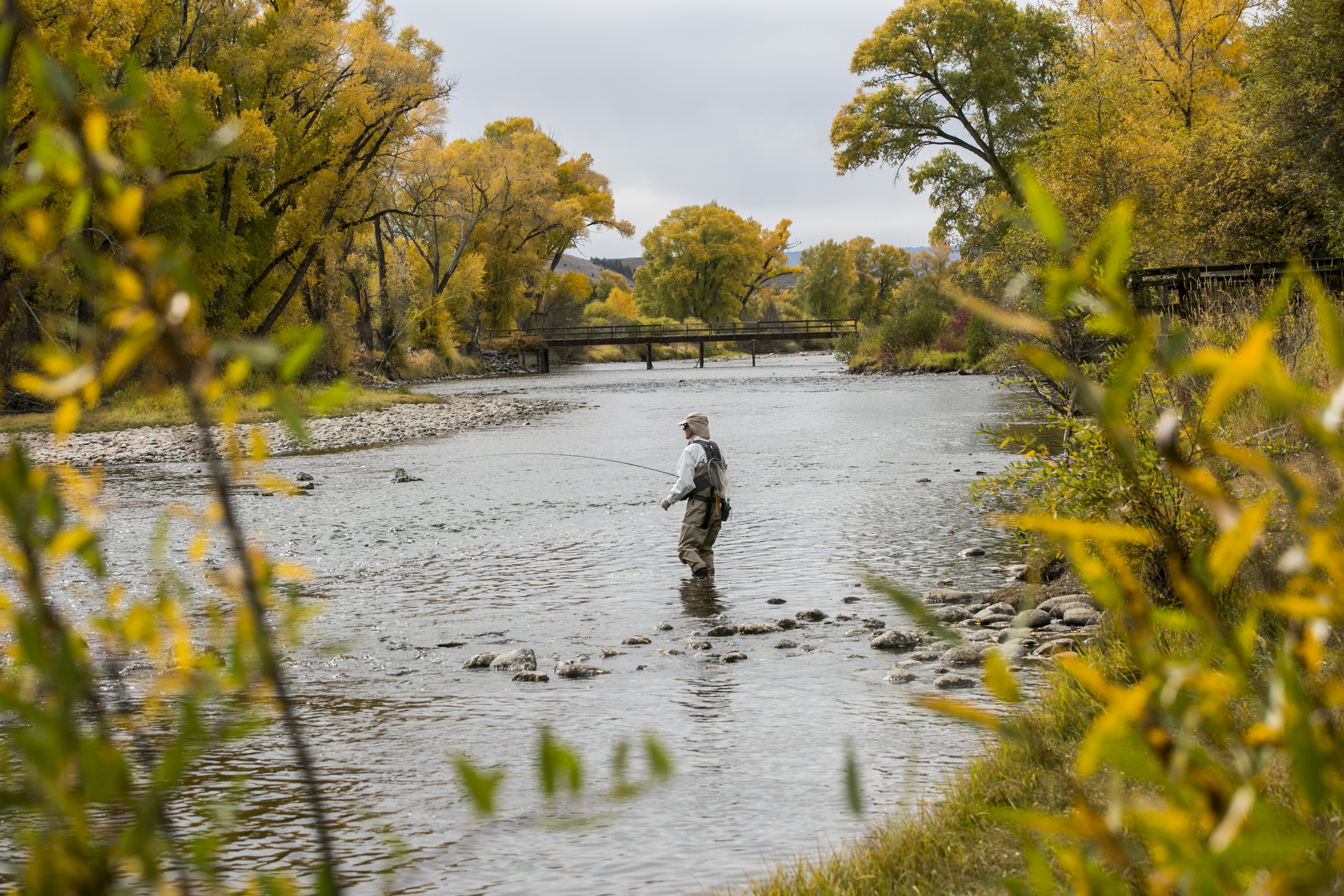
Above-average snowpack in the upper Colorado River basin not only means a good forecast for Colorado, but for all seven states in its river system.
That’s according to the latest monthly study released by the Bureau of Reclamation earlier this week. Officials found that the snowpack in the basin through the winter ended up being 130 percent of average.
That combined with the extremely wet conditions seen in the basin during February and March this year translates into higher than average runoff. Experts say that will produce inflow into Lake Powell, which straddles the border between Utah and Arizona. Lake Mead — the largest U.S. reservoir in Nevada and Arizona — could rise to 128 percent of its normal level.
- How Do You Map A Drought? With Art, Science And Good Ol' Farmer Wisdom
But federal officials are quick to remind that one wet winter won't solve the Southwest's structural water problems.
“This year’s snowpack is welcome news for the Colorado River Basin,” said U.S. Reclamation Commissioner Brenda Burman in a statement. “But one good year cannot reverse the effects of nearly two decades of severe drought. Current total Colorado River System storage is approximately 45 percent of full capacity.”
The outlook for Colorado is less dreary. While the state experienced a year-long drought in 2018, many reservoirs are in much better condition now, with total capacities currently 84 percent full. State Climate Change Specialist Taryn Finnessey said that while they likely won’t fill completely, they will get back into a long term normal range.
“That’s a really good thing because our reservoirs have been drawn down in some portions of the state quite substantially and that will help to replenish those reservoirs,” Finnessey said.
The Colorado River system provides water to 40 million people in the United States and Mexico and reservoirs are at historic lows. Efforts like the drought contingency plan, signed into law by President Donald Trump this week, remain vital to planning for a future with less water.

